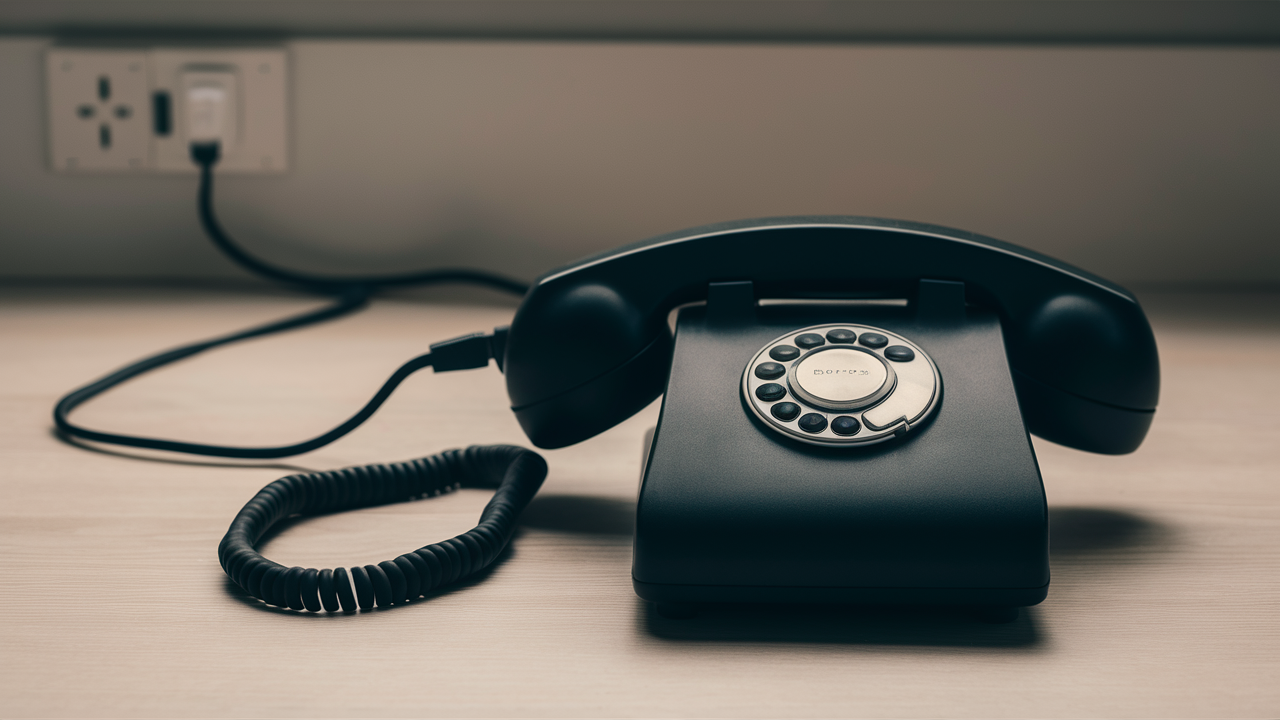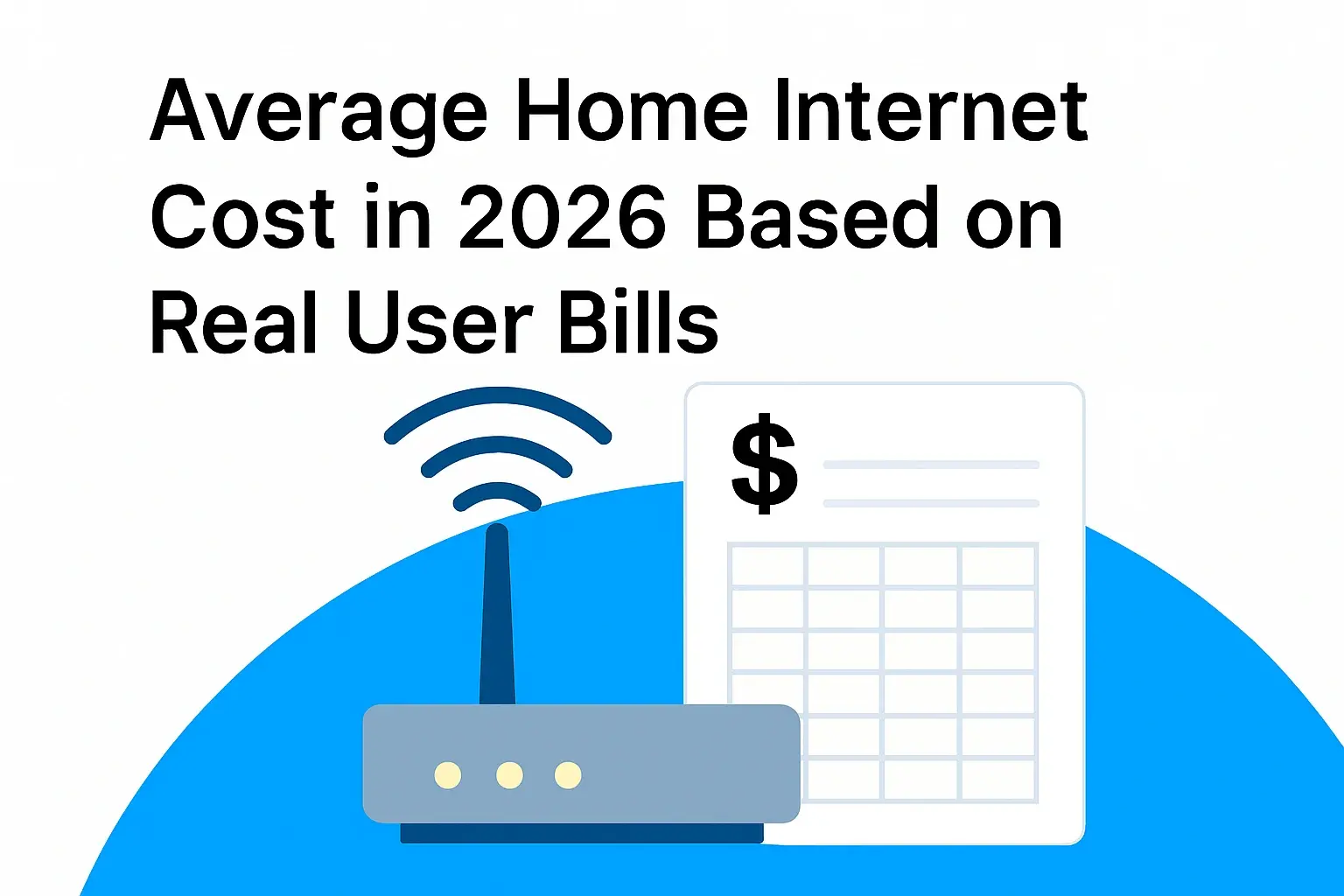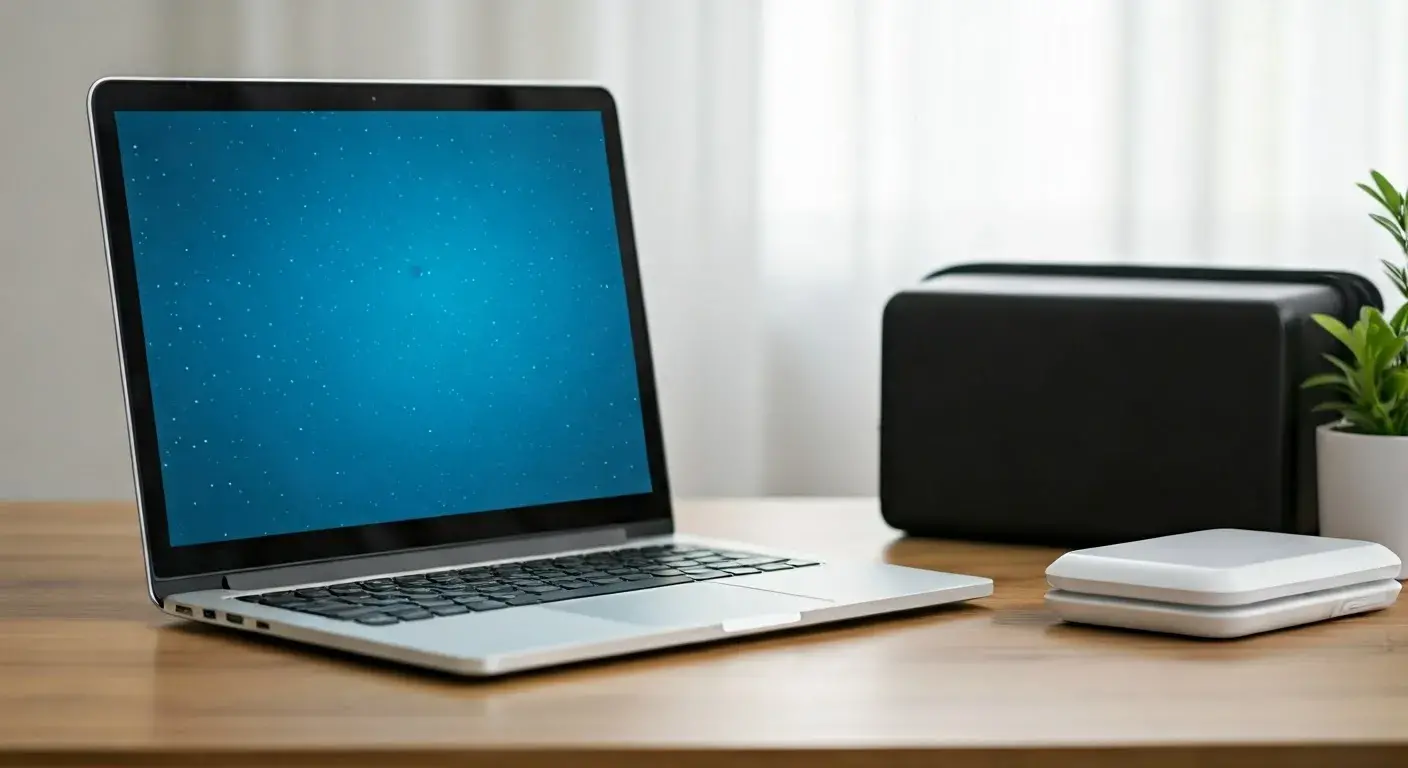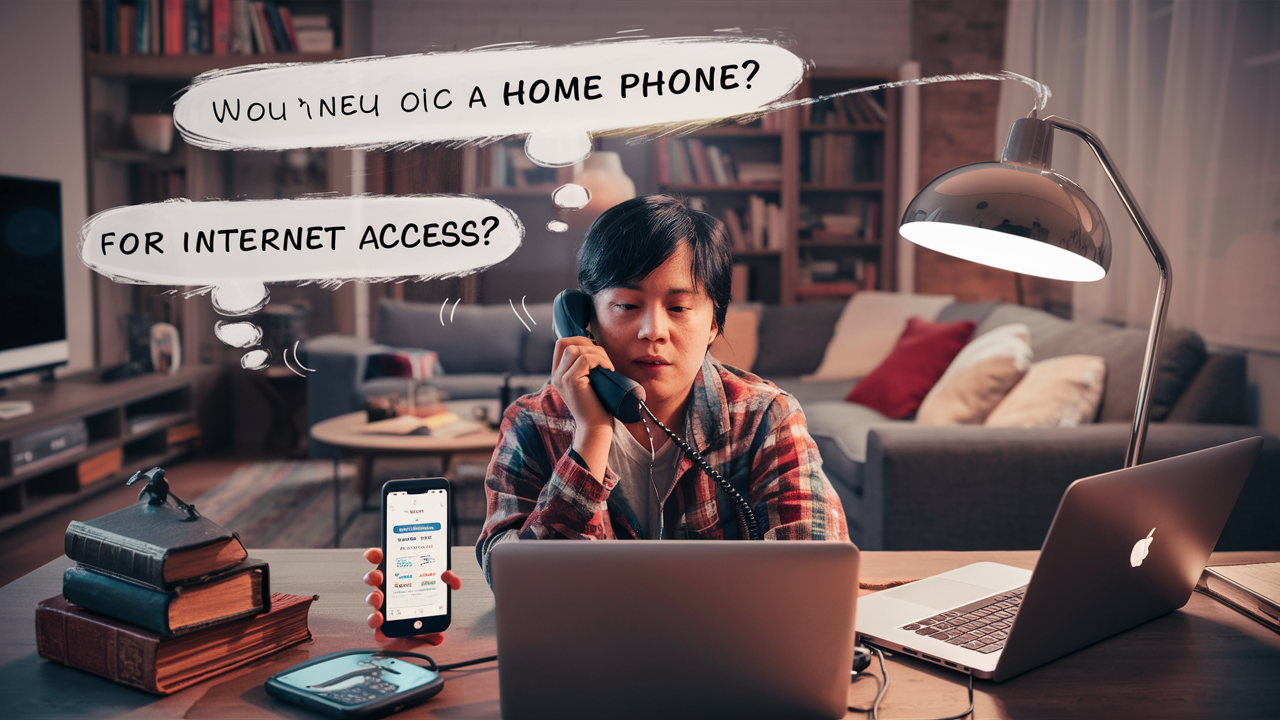What is the cheapest way to have a landline?

Seeking the most budget-friendly way to maintain a traditional landline connection in 2025? This guide explores cost-effective solutions, from VoIP services to essential analog lines, helping you find the perfect balance between affordability and reliable communication without breaking the bank.
Understanding Landlines in 2025
The concept of a "landline" has evolved significantly. For many, it conjures images of the traditional copper wire phone system. However, in 2025, the term often encompasses Voice over Internet Protocol (VoIP) services that mimic the functionality of a landline but operate over your internet connection. This distinction is crucial when searching for the cheapest option, as the underlying technology and associated costs vary dramatically. While traditional landlines are slowly being phased out in some regions, they still offer a level of reliability that some users prioritize. Understanding the nuances between these two primary forms of "landline" communication is the first step in making an informed, budget-conscious decision.
VoIP: The Cheapest Champion for Landline Needs
When seeking the most economical way to have a landline in 2025, Voice over Internet Protocol (VoIP) services almost invariably emerge as the frontrunner. Unlike traditional landlines that rely on physical copper wires and dedicated telephone networks, VoIP routes voice calls as data packets over your existing internet connection. This fundamental difference allows for significantly lower overheads for providers, which translates into more affordable plans for consumers. For individuals and businesses looking to cut communication costs without sacrificing essential calling features, exploring VoIP is paramount.
How VoIP Works
At its core, VoIP technology converts your analog voice signals into digital data. This digital data is then transmitted over the internet to its destination, where it's converted back into analog sound. This process is similar to how email or instant messaging works, but optimized for real-time voice communication. For a user, this means that as long as you have a stable internet connection, you can make and receive calls using a VoIP service. This can be done through various devices, including specialized VoIP phones, traditional analog phones connected via an adapter (known as an ATA - Analog Telephone Adapter), or even directly through your computer or smartphone using software applications (softphones).
The infrastructure for VoIP is largely digital and can leverage existing internet service provider (ISP) networks. This reduces the need for separate, costly telecommunications infrastructure that traditional phone companies must maintain. Providers can offer a wide range of features, such as caller ID, call waiting, voicemail, call forwarding, and even conference calling, often bundled into basic plans at no extra charge, or for a minimal additional fee. The scalability of VoIP is also a significant advantage; adding or removing lines is typically a simple software adjustment rather than a physical installation.
VoIP Service Providers and Pricing
The market for VoIP services is competitive, with numerous providers offering a spectrum of plans. For the absolute cheapest option, look for providers that specialize in basic residential or small business plans. These often come with unlimited local and often long-distance calling within a specific country (e.g., the US and Canada) for a low monthly fee. As of 2025, you can find plans starting as low as $10 to $20 per month for unlimited calling. Some providers even offer pay-as-you-go options, which can be incredibly cost-effective if your call volume is very low.
Key players in the VoIP market that are known for competitive pricing include:
- Ooma: Often cited for its low monthly fees after an initial hardware purchase. Their basic residential service, Ooma Telo, requires a one-time hardware investment but then offers free basic service with only taxes and fees.
- Vonage: Offers various plans, including options for residential and business users, with competitive pricing for unlimited calling.
- RingCentral: While often positioned for businesses, they also have plans that can be cost-effective for individuals needing advanced features.
- Nextiva: Another strong contender for business VoIP, but worth comparing for its feature sets and potential cost savings.
- Local ISPs: Some internet service providers bundle VoIP services with their internet packages, which can sometimes offer a discount.
When comparing providers, always scrutinize the fine print. Look out for:
- Monthly fees: The base cost of the service.
- Taxes and surcharges: These can add a significant amount to your monthly bill.
- Hardware costs: If you need to purchase a VoIP phone or ATA.
- Activation fees: Some providers charge a one-time setup fee.
- International calling rates: If you plan to call abroad frequently, compare these rates carefully.
For the absolute cheapest experience, consider providers that offer a free tier or very low-cost basic plans. For instance, some services might offer a free number with limited minutes, or a very low monthly fee for unlimited domestic calling. The key is to match the plan's features to your actual needs. If you only make a few calls a month, a pay-as-you-go VoIP plan might be cheaper than an unlimited plan.
Pros and Cons of VoIP
Pros:
- Cost-Effectiveness: Generally the cheapest option for landline functionality, especially for unlimited calling.
- Feature-Rich: Often includes advanced features like call forwarding, voicemail to email, and conference calling at no extra cost.
- Flexibility: Can be used from anywhere with an internet connection, on various devices.
- Scalability: Easy to add or remove lines for businesses.
- Environmental Impact: Reduces the need for separate physical infrastructure.
Cons:
- Internet Dependency: Requires a stable, reliable internet connection. If your internet goes down, your phone service will too.
- Power Outages: VoIP phones typically require power to operate. If your power is out, your phone won't work unless you have a backup power source for your modem, router, and VoIP device.
- Call Quality: Can be affected by internet congestion or poor bandwidth, leading to dropped calls or choppy audio.
- Emergency Calls (911): While most VoIP services offer E911, it's crucial to ensure your address is correctly registered with the provider, as it relies on your registered location, not your physical location at the time of the call. This can be a concern if you travel with your VoIP service.
- Learning Curve: Some users may find the setup or use of VoIP adapters or softphones slightly more complex than a traditional phone.
Despite the cons, for most users seeking the cheapest landline alternative, the cost savings and features offered by VoIP make it the superior choice. The key is to have a robust internet connection and to understand the limitations regarding power and emergency calls.
Traditional Landlines: Are They Still Viable?
While VoIP has largely taken over as the most affordable and feature-rich option for landline-like communication, traditional landlines, relying on the Public Switched Telephone Network (PSTN), still exist and may be necessary or preferred in specific circumstances. These are the classic phone lines that have been in use for over a century, utilizing copper wires that run from your home or business to the local telephone exchange. In 2025, the question isn't just about their existence, but their cost-effectiveness and when they might still be the best, or even the only, option.
When a Traditional Line Might Be Necessary
There are several scenarios where a traditional landline remains a compelling, or even essential, choice:
- Reliability During Power Outages: Traditional analog phone lines are powered directly by the telephone company's network. This means they can often function even during a power outage, as long as the copper lines themselves are intact. This is a critical safety feature for many households, especially in areas prone to frequent power disruptions.
- Lack of Reliable Internet: If you live in an area with poor or non-existent broadband internet service, VoIP is not a viable option. In such cases, a traditional landline might be your only reliable way to make and receive calls.
- Critical Infrastructure and Safety Systems: Certain medical alert systems, home security systems, and alarm monitoring services are designed to work best with a traditional analog phone line. While many have transitioned to cellular or IP-based communication, some older or specialized systems may still require a PSTN connection.
- Preference for Simplicity: Some users, particularly older individuals, may prefer the straightforward operation of a traditional phone without the complexities of internet connectivity, routers, or adapters.
- Regulatory Requirements: In some niche business or industrial applications, there might be regulatory requirements that mandate the use of a traditional landline for certain communication purposes.
If any of these points resonate with your situation, then exploring the cheapest ways to maintain a traditional landline becomes your priority.
Finding the Cheapest Traditional Plans
The cost of traditional landlines has been on the rise as providers shift focus to other services. However, there are still ways to minimize expenses:
1. Basic Local Service: Many carriers offer a "basic local service" plan. This typically includes unlimited local calling and caller ID, but may have extra charges for long-distance calls, call waiting, or voicemail. This is usually the most stripped-down and cheapest plan available.
2. Bundling Services: If you also need internet or television, check if your current provider offers a bundle that includes a landline. Sometimes, bundling can lead to significant discounts on individual services. However, be cautious and compare the bundled price against the cost of individual services from different providers to ensure it's genuinely cheaper.
3. Negotiate with Your Provider: Don't be afraid to call your current landline provider and ask about their cheapest available plans or if they have any promotions for long-term customers. Mentioning competitor offers can sometimes prompt them to offer a better deal.
4. Explore Smaller, Local Carriers: In some rural or less populated areas, smaller, independent telephone companies might offer more competitive pricing for traditional landlines than the major national carriers. Research local providers in your specific area.
5. Consider "Lifeline" Programs: For eligible low-income consumers, government-funded programs like the Lifeline program can provide a discount on phone service, including traditional landlines. Eligibility varies by state and income level.
6. Avoid Unnecessary Features: Stick to the absolute basics. If you don't need call waiting, voicemail, or extensive long-distance calling plans, opt for the most basic plan and add features only if absolutely necessary. You can often use a separate mobile phone for features like voicemail if needed.
As of 2025, expect basic traditional landline plans to range from $25 to $50 per month, before taxes and fees, depending on your location and provider. This is generally more expensive than entry-level VoIP plans.
Pros and Cons of Traditional Landlines
Pros:
- Reliability During Power Outages: Functionality during power failures is a major advantage.
- Simplicity: Easy to use, familiar interface for most users.
- Guaranteed Location for 911: Your physical location is inherently tied to the line, making 911 calls more reliable in terms of location accuracy.
- Dedicated Infrastructure: Not dependent on your home internet connection.
Cons:
- Higher Cost: Generally more expensive than VoIP, especially for unlimited calling.
- Fewer Features: Basic plans are often very basic, with advanced features costing extra.
- Declining Infrastructure: In some areas, the copper network is being decommissioned, which could lead to service disruptions or forced migration to other technologies.
- Limited Mobility: Tied to a physical location.
- Less Eco-Friendly: Requires extensive physical infrastructure.
For those who *must* have a traditional landline, focusing on basic plans, negotiating, and exploring local options will be key to finding the cheapest way to maintain service in 2025.
Alternative Solutions for Communication
While the focus of this article is on the cheapest way to have a "landline," it's important to acknowledge that for many, the need for a dedicated, fixed-line phone service can be entirely replaced by other, often cheaper, communication methods. If your primary goal is simply to have a reliable way to make and receive calls, and you're open to modern solutions, consider these alternatives.
Mobile Phones as a Primary
For the vast majority of people in 2025, a mobile phone serves as their primary communication device. Modern smartphone plans often include unlimited talk and text, and substantial data allowances. If you already have a smartphone and a mobile plan, you essentially have a "landline" in your pocket. You can make and receive calls from your mobile number, which is generally considered more convenient and portable than a fixed line.
Cost-Effectiveness: Many budget-friendly mobile plans exist, especially from Mobile Virtual Network Operators (MVNOs) like Mint Mobile, Visible, or Google Fi. These providers lease network capacity from major carriers (AT&T, T-Mobile, Verizon) and can offer significantly lower prices. You can find unlimited talk and text plans with a decent amount of data for $15-$30 per month. This is often cheaper than even the most basic VoIP or traditional landline plans.
Considerations:
- Signal Strength: Relies on cellular network coverage in your area.
- Battery Life: Requires charging.
- Emergency Calls: While generally reliable, network congestion can sometimes be an issue.
Internet-Based Communication Apps
Beyond dedicated VoIP services, a plethora of apps leverage your internet connection to facilitate communication, often for free or at a very low cost. These are excellent for staying in touch with friends and family, especially internationally.
- WhatsApp: Extremely popular globally, offering free voice and video calls over Wi-Fi or cellular data.
- Facebook Messenger: Integrated into Facebook, allowing free calls to your contacts.
- Google Meet/Duo: Google's suite of communication tools offers free high-quality video and voice calls.
- Skype: A long-standing player in the VoIP space, offering free calls to other Skype users and low-cost calls to traditional phone numbers.
- Discord: Primarily for gaming communities, but widely used for free voice and video chat among groups.
Cost-Effectiveness: These apps are typically free to download and use for calls between users of the same app. If you need to call a traditional phone number, services like Skype offer competitive pay-as-you-go rates or subscription plans that can be cheaper than traditional long-distance charges.
Considerations:
- Internet Dependency: Requires a stable internet connection.
- Contact Availability: Most free calls are between users of the same app.
- Professionalism: May not be suitable for all business communication needs, though this is changing.
For many, a combination of a budget mobile plan and free communication apps can completely eliminate the need for a separate landline service, offering the cheapest overall communication solution.
Factors Influencing Your Cheapest Landline Choice
Selecting the absolute cheapest way to have a landline isn't a one-size-fits-all answer. Several factors will influence which option is truly the most economical for your specific situation. Understanding these variables will help you make a more informed decision and avoid hidden costs.
Call Volume and Destinations
This is perhaps the most significant factor. If you make very few calls, a pay-as-you-go VoIP plan or a basic traditional landline plan with per-minute charges for long distance might be cheaper than an unlimited plan. Conversely, if you make numerous calls, especially long-distance or international ones, an unlimited calling plan from a VoIP provider will almost certainly be the most cost-effective. Traditional landlines often have higher per-minute charges for long-distance calls compared to VoIP services.
2025 Considerations: Most VoIP providers offer unlimited domestic calling (within the US, Canada, and sometimes Mexico) for a flat monthly fee. This has made it significantly cheaper for high-volume callers compared to traditional plans where long-distance charges can quickly add up. For international calls, compare rates meticulously; some VoIP providers offer very low international rates, while others might charge a premium.
Features and Functionality
What do you actually need your landline to do? Basic calling and caller ID are standard. However, if you require advanced features like voicemail-to-email, call forwarding to multiple numbers, virtual receptionist services, or conference calling capabilities, these can increase the cost. VoIP services often bundle many of these features into their standard plans, whereas traditional landlines typically charge extra for each additional feature.
2025 Considerations: For the absolute cheapest option, strip away all non-essential features. If you only need to make and receive calls, opt for the most basic plan available, whether it's VoIP or traditional. If a feature like voicemail is crucial, see if it's included in the cheapest plan or if there's a minimal add-on cost. For example, a VoIP provider might offer voicemail to email for free, which is a significant convenience that traditional landlines rarely offer at a low price point.
Contract Length and Commitments
Many service providers, especially for traditional landlines and some VoIP services, offer lower monthly rates in exchange for a long-term contract (e.g., 1-year or 2-year commitment). If you're looking for the cheapest month-to-month option, you might have to pay a slightly higher monthly fee or be prepared to pay an early termination fee if you cancel before the contract ends.
2025 Considerations: The trend in the telecommunications industry is moving towards month-to-month flexibility, especially with VoIP. However, some providers might still offer discounts for longer commitments. For the cheapest overall cost, weigh the savings from a contract against the flexibility of a no-contract plan. If you anticipate moving or changing your needs, a no-contract option is usually more economical in the long run, even if the monthly rate is slightly higher.
Equipment Costs
The hardware required for your landline service can be a significant upfront cost. For traditional landlines, you usually just need a standard analog phone, which most people already own. For VoIP, you might need:
- An Analog Telephone Adapter (ATA): This device allows you to plug a standard analog phone into your router to use with a VoIP service. ATAs can cost anywhere from $30 to $100.
- A Dedicated VoIP Phone: These look like traditional office phones but connect directly to your network. They can range from $50 to several hundred dollars.
- Softphone Software: If you plan to use your computer or smartphone, this is usually free with the VoIP service.
Some VoIP providers may include an ATA or a basic VoIP phone with certain plans, especially business plans, but this is less common for the cheapest residential options. In some cases, like with Ooma, you purchase the hardware upfront (e.g., Ooma Telo) and then pay only taxes and fees for basic service, making it very cheap long-term.
2025 Considerations: When calculating the total cost, factor in the price of any necessary equipment. If a provider requires you to buy an expensive ATA or VoIP phone, it might make their monthly service fee seem cheaper than it really is when amortized over the life of the equipment. Look for providers that offer free equipment or allow you to use your own compatible devices.
Step-by-Step Guide to Finding Your Cheapest Option
Navigating the options for the cheapest landline service can seem daunting. Follow this step-by-step guide to systematically identify the most budget-friendly solution for your needs in 2025.
- Assess Your True Needs:
- Why do you need a landline? Is it for reliability during power outages, a dedicated number for work, a requirement for a specific system, or simply preference?
- What is your call volume? Estimate the number of local, long-distance, and international calls you make monthly.
- What features are essential? Caller ID, voicemail, call waiting, etc.
- Do you have reliable internet? This is critical for VoIP.
- Prioritize VoIP for Cost Savings:
- Unless you have a critical need for a traditional landline (e.g., no internet, power outage reliability is paramount), start by exploring VoIP providers.
- Search for "cheapest VoIP plans 2025," "budget home phone service," or "low-cost business landline alternative."
- Compare VoIP Providers (Focus on Entry-Level Plans):
- Ooma: Investigate their hardware purchase model. Calculate the upfront cost of the device and then the ongoing monthly taxes/fees. This can be very cheap long-term.
- Budget MVNOs: Look at providers like Vonage, Ring.io, or smaller providers known for low monthly rates.
- Bundles: Check if your ISP offers VoIP as part of an internet bundle. Compare the total cost against standalone VoIP.
- Pay-as-you-go: If your call volume is extremely low, explore providers offering this model.
- Evaluate Traditional Landline Options (If Necessary):
- If VoIP is not viable, contact your current landline provider or search for "cheapest traditional landline plans [your city/state] 2025."
- Ask specifically for "basic local service" plans.
- Inquire about bundling options with internet or TV if you need those services.
- Research smaller, local telephone companies in your area.
- Check eligibility for government assistance programs like Lifeline.
- Factor in Equipment Costs:
- For VoIP, research the cost of ATAs or VoIP phones if not included. Can you use an existing analog phone with an ATA?
- For traditional lines, you likely already have a phone, so this cost is minimal.
- Read the Fine Print:
- Always check for activation fees, setup charges, taxes, surcharges, and early termination fees.
- Understand the limits of any "unlimited" calling plans (e.g., fair usage policies, specific country limitations).
- Verify the E911 policy for VoIP services.
- Negotiate and Finalize:
- Don't hesitate to call providers and ask for their best rates or mention competitor offers.
- Once you've identified the cheapest option that meets your needs, proceed with signing up.
Real-World Examples and Cost Breakdowns (2025)
To illustrate the cost differences, let's look at a few hypothetical scenarios for 2025:
Scenario 1: The Budget-Conscious Individual with Good Internet
Needs: Unlimited local and domestic long-distance calling, caller ID, voicemail. Low international call volume.
Option A (VoIP - Ooma Telo):
- Upfront Equipment Cost: $100 (for Ooma Telo base unit)
- Monthly Service Fee: $0 (plus taxes and fees)
- Estimated Monthly Taxes/Fees: $5 - $8
- Total Estimated Monthly Cost: $5 - $8
- International Calls: Pay-as-you-go rates (e.g., $0.02/min to Canada, $0.03/min to UK).
Option B (VoIP - Budget Provider like Vonage Basic):
- Upfront Equipment Cost: $0 - $50 (depending on promotion, may need ATA)
- Monthly Service Fee: $15 (unlimited domestic calling, caller ID, voicemail)
- Estimated Monthly Taxes/Fees: $3 - $5
- Total Estimated Monthly Cost: $18 - $20
- International Calls: Included at low rates or pay-as-you-go.
Option C (Traditional Landline - Basic Local Service):
- Upfront Equipment Cost: $0 (using existing phone)
- Monthly Service Fee: $30 (basic local calling, caller ID)
- Estimated Monthly Taxes/Fees: $5 - $10
- Additional Costs: Long-distance calls at $0.10/min, voicemail $5/month.
- Total Estimated Monthly Cost (with voicemail and moderate long distance): $40 - $60+
Analysis: For this individual, Ooma offers the cheapest long-term solution if the upfront hardware cost is manageable. A budget VoIP provider is a close second and offers more immediate cost savings. The traditional landline is significantly more expensive.
Scenario 2: The Remote Worker Needing a Dedicated Business Line
Needs: Unlimited domestic calling, professional voicemail, call forwarding, potentially a toll-free number, reliable service.
Option A (Business VoIP - RingCentral Essentials):
- Upfront Equipment Cost: $0 (uses softphone or existing desk phone with adapter)
- Monthly Service Fee: $20 (unlimited calling, advanced features)
- Estimated Monthly Taxes/Fees: $4 - $7
- Total Estimated Monthly Cost: $24 - $27
- Toll-Free Number: May incur additional small monthly fee or per-minute charges.
Option B (Business VoIP - Nextiva Core):
- Upfront Equipment Cost: $0
- Monthly Service Fee: $25 (unlimited calling, robust features)
- Estimated Monthly Taxes/Fees: $5 - $8
- Total Estimated Monthly Cost: $30 - $33
Option C (Traditional Landline - Business Basic):
- Upfront Equipment Cost: $0
- Monthly Service Fee: $40 (basic business line)
- Estimated Monthly Taxes/Fees: $10 - $15
- Additional Costs: Voicemail $10/month, call forwarding $15/month, toll-free number setup and per-minute charges.
- Total Estimated Monthly Cost: $65 - $100+
Analysis: Business VoIP services offer a far more cost-effective and feature-rich solution for remote workers needing a dedicated business line. Traditional landlines are prohibitively expensive for comparable functionality.
Scenario 3: The Rural Resident with Poor Internet
Needs: Reliable communication, essential calling features, must function during power outages.
Option A (Traditional Landline - Basic Local Service):
- Upfront Equipment Cost: $0
- Monthly Service Fee: $35 (basic local calling)
- Estimated Monthly Taxes/Fees: $7 - $12
- Total Estimated Monthly Cost: $42 - $47
- Features: Caller ID might be extra, voicemail likely extra.
Option B (Satellite Internet + VoIP - Potentially):
This is a complex scenario. Satellite internet is often expensive and can have high latency, making VoIP call quality unpredictable. If the internet is *just* good enough for basic VoIP, costs could be:
- Satellite Internet: $100 - $200+ per month
- VoIP Service: $20 - $30 per month
- Total Estimated Monthly Cost: $120 - $230+
Analysis: For this user, the traditional landline, despite its higher monthly cost compared to VoIP in urban areas, is likely the cheapest and most reliable option due to the lack of viable internet. The cost of satellite internet alone often dwarfs the cost of a traditional landline.
These examples highlight that while VoIP generally wins on price, specific circumstances, especially internet availability and power reliability, can make traditional landlines the more practical, and sometimes cheaper, choice.
In conclusion, the cheapest way to have a landline in 2025 is overwhelmingly through a Voice over Internet Protocol (VoIP) service. These services leverage your existing internet connection to provide phone functionality at a fraction of the cost of traditional landlines. By opting for a basic VoIP plan with unlimited domestic calling, you can expect to pay as little as $10-$20 per month, often including essential features like caller ID and voicemail. For those with extremely low call volumes, pay-as-you-go VoIP plans can be even cheaper. However, if reliable service during power outages or a lack of stable internet is a concern, a stripped-down traditional landline plan might be your only option, though it will be more expensive. Carefully assess your needs, compare providers, and always read the fine print to secure the most budget-friendly landline solution.




